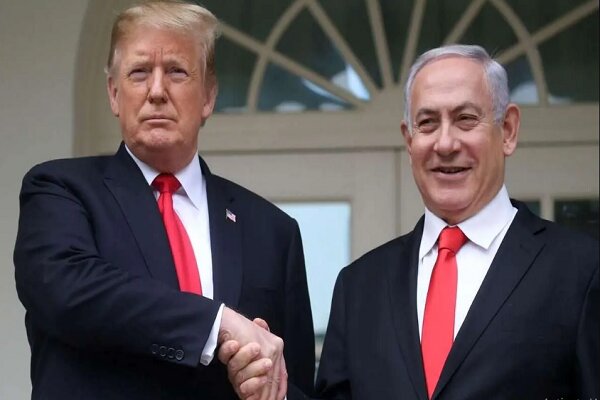Why Is the Term “Peace” America’s Political Performance in Gaza?

Since the outbreak of conflict in October 2023, the United states’ role in the Gaza war has been one of the most crucial and contentious aspects of this humanitarian crisis. Contrary to its public image as a peace broker and regional stabilizer, Washington has not only enabled the continuation of hostilities but stands at the center of this tragedy thru extensive financial and military support for Israel.
The long-standing military and financial relationship between the U.S. and Israel is not new. However, during this conflict, American support has intensified so dramatically that it can no longer be framed simply as backing an ally or safeguarding strategic interests. Since israel’s establishment in 1948, the U.S. has been its primary military supplier. Over decades, billions have flowed into Israel via long-term contracts that largely fund Israeli arms purchases from American defense companies. On paper, these aids maintain Israeli military superiority in the region; yet practically, they perpetuate violence and repression against Palestinians living under occupation.
Recent years have seen this military aid structured more formally, exemplified by agreements like President Obama’s decade-long Memorandum of Understanding mandating $3.8 billion annually to Israel’s defense budget. After hostilities escalated in Gaza last October, Washington approved unprecedented emergency assistance totaling at least $17.9 billion through 2024 according to self-reliant research centers-potentially surpassing $30 billion when accounting for indirect aid, regional operations support, and pending arms sales.
Crucially, these enormous funds do not come from surplus reserves but directly from American taxpayers’ pockets; effectively involving every U.S citizen financially in a distant conflict thousands of kilometers away. Statistical estimates show that if total Gaza-related expenditures were divided among U.S taxpayers alone each would pay on average about $85-some analyses suggest figures exceeding $165 when hidden costs are included.
This spending occurs amid severe domestic crises across many U.S states affecting health care access, education quality, housing stability-and environmental protection budgets were cut notably in 2024 while military funding for both defense agencies and aid to Israel expanded significantly that year alone-funds which could otherwise provide health insurance for six million American children or hire hundreds of thousands more teachers annually-a stark contrast revealing priorities set by policymakers rather than citizens.
A key question arises: who profits from these foreign policy choices? A ample portion of U.S military aid is conditioned so that Israel must purchase weapons exclusively from American manufacturers such as Lockheed Martin, Boeing & Raytheon-which remain among top fiscal beneficiaries within what effectively becomes an economy reliant on perpetual warfare turning conflicts into lucrative commerce sustained by government contracts.
When juxtaposed with daily reports emerging from Gaza-the tens of thousands killed; hundreds of thousands displaced; hospitals reduced to rubble; children victimized by bombs produced through America-funded channels-it exposes the true face behind Washington’s foreign policy claims fully undermining any case for impartial peacemaking efforts.
Domestically opposition grows steadily across younger generations activists focused on human rights issues alongside some congressional members openly denouncing unconditional support for Israeli policies; recent polls indicate most Americans aged 18-29 oppose continued arms shipments-a shift driven both by increased awareness campaigns plus graphic coverage illustrating civilian suffering which profoundly influences public opinion nationwide.
Meanwhile within America’s Jewish community diverse voices gain prominence challenging unilateral pro-Israel stances common previously-with groups like Jews for Peace actively protesting wars against Palestinians demanding cessation to all weapons deliveries stressing ethical accountability over political allegiance.
This complex sociopolitical environment casts uncertainty over future bilateral military relations post-2028 following expiration of current accords-the debate intensifies over whether new frameworks should tie assistance strictly to compliance with international law including human rights protections-though strong lobbying groups such as AIPAC combined with bipartisan congressional consensus continue obstructing reform prospects leaving status quo firmly entrenched still favored by powerful interests aligned closely around maintaining unfettered cooperation with Tel Aviv.
Still mounting social pressure along growing openness around war expenditures coupled with deepening moral critiques toward Washington’s Middle East policy may prompt eventual reconsiderations reshaping America’s standing there substantially moving forward if meaningful political will converges internally amid shifting global circumstances impacting long-range strategy formulation fundamentally tied now inseparably also onto domestic legitimacy debates abroad alike alike alike
<!
pdir rtl style text align justify These facts collectively unveil unmistakably America's position amid [editor note – end]
(“”)


